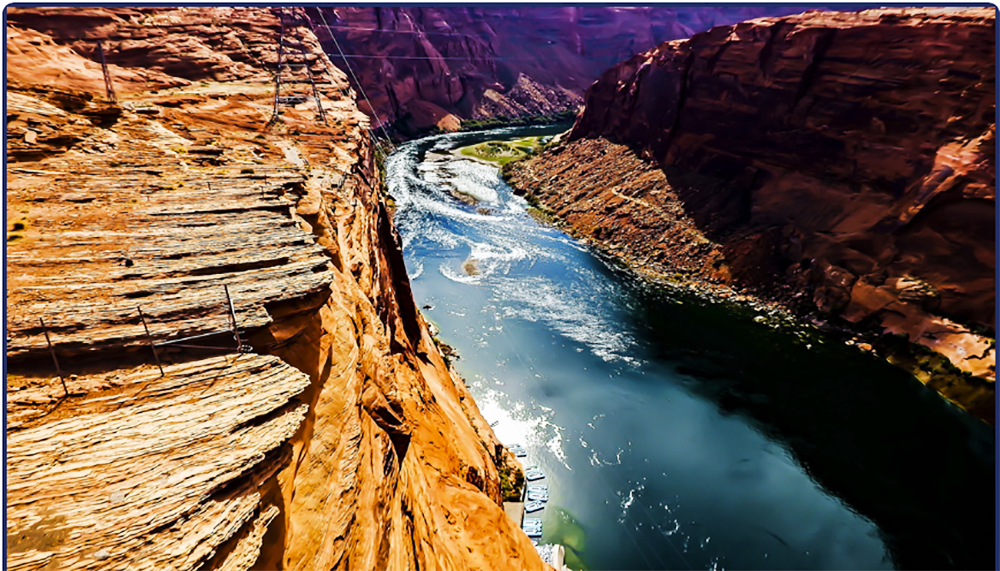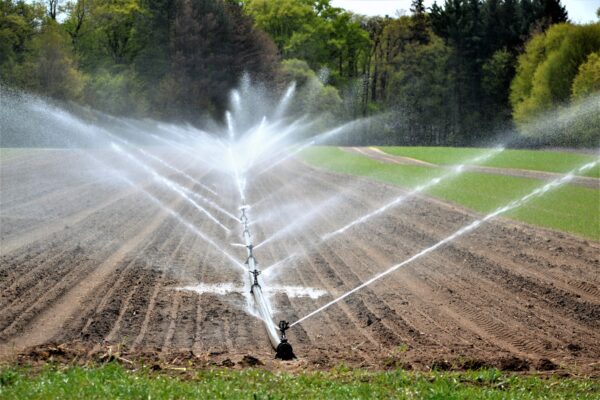Colorado River ||Arizona Dept. Water Resources
Taylor Seely
Arizona Republic
Arizona cities and other entities could serve nearly 2 million households for a year with the amount of water they plan to voluntarily leave behind in the Colorado River the next three years, but they say they’re foregoing the supply to help preserve the reservoirs’ health.
The Colorado River supplies seven states, Mexico, 5.5 million acres of farmland and 40 million people with drinking water each year.
It’s a significant and vital source of drinking water for most Valley cities, making up 40% of Phoenix and Mesa’s annual supplies. But a two-decade drought and climate change have shrunk the river. Lake Mead, one of the reservoirs that contains river water to supply lower basin states, such as California, Arizona and Nevada, has been depleted to dangerously low levels.
If the lake’s water levels get too low — a scenario called deadpool — the water won’t flow downstream or produce hydropower.
For residents, less water means the price for it goes up. Phoenix and Peoria will increase water rates for the upcoming year. Tempe increased water rates in March.
And while last summer Phoenix-area cities focused on encouraging residents’ to cut back on water usage, more drastic river conditions now could mean new water restrictions and rules on the horizon.
Phoenix passed new water standards in June for future developments, including neighborhood homeowners associations, that will restrict grass in non-functional spaces and eventually could restrict pool sizes.
Voluntary reductions in use of Colorado River water
\Water from the Colorado River diverted through the Central Arizona Project fills an irrigation canal, Aug. 18, 2022, in Maricopa, Ariz. Arizona will not approve new housing construction on the fast-growing edges of metro Phoenix that rely on groundwater thanks to years of overuse and a multi-decade drought that is dwindling its water supply.
The Colorado River’s contraction spurred Arizona, Nevada and California to devise a plan to reduce their water use over the next three years by 3 million acre-feet, or enough water for about 2 million households annually.
Participation in the plan is voluntary and incentivized with compensation from the federal Inflation Reduction Act and Bipartisan Infrastructure Law funds. The exchange ranges between $330 and $400 per acre-feet of water.
The plan still has to get federal government approval, which is expected to come this fall, said DeEtte Person, a spokesperson from Central Arizona Project, the entity that delivers Colorado River water throughout greater Phoenix.












